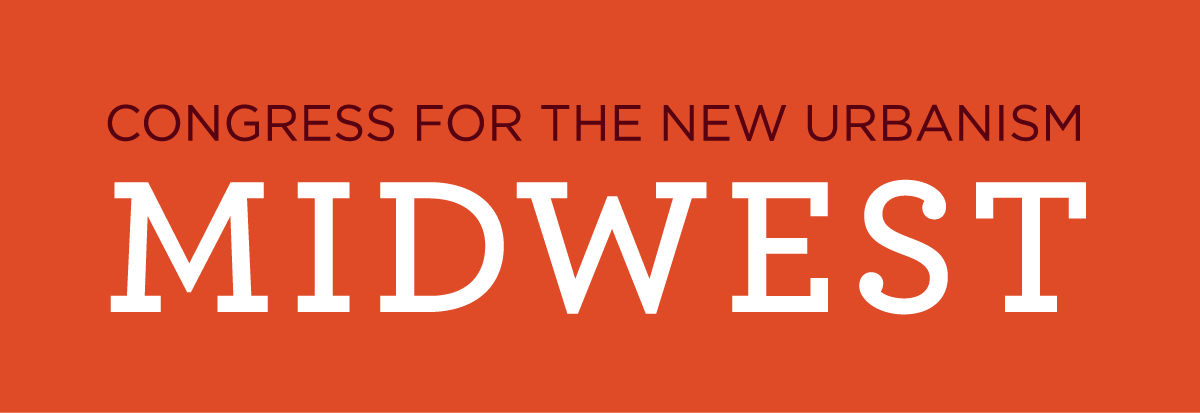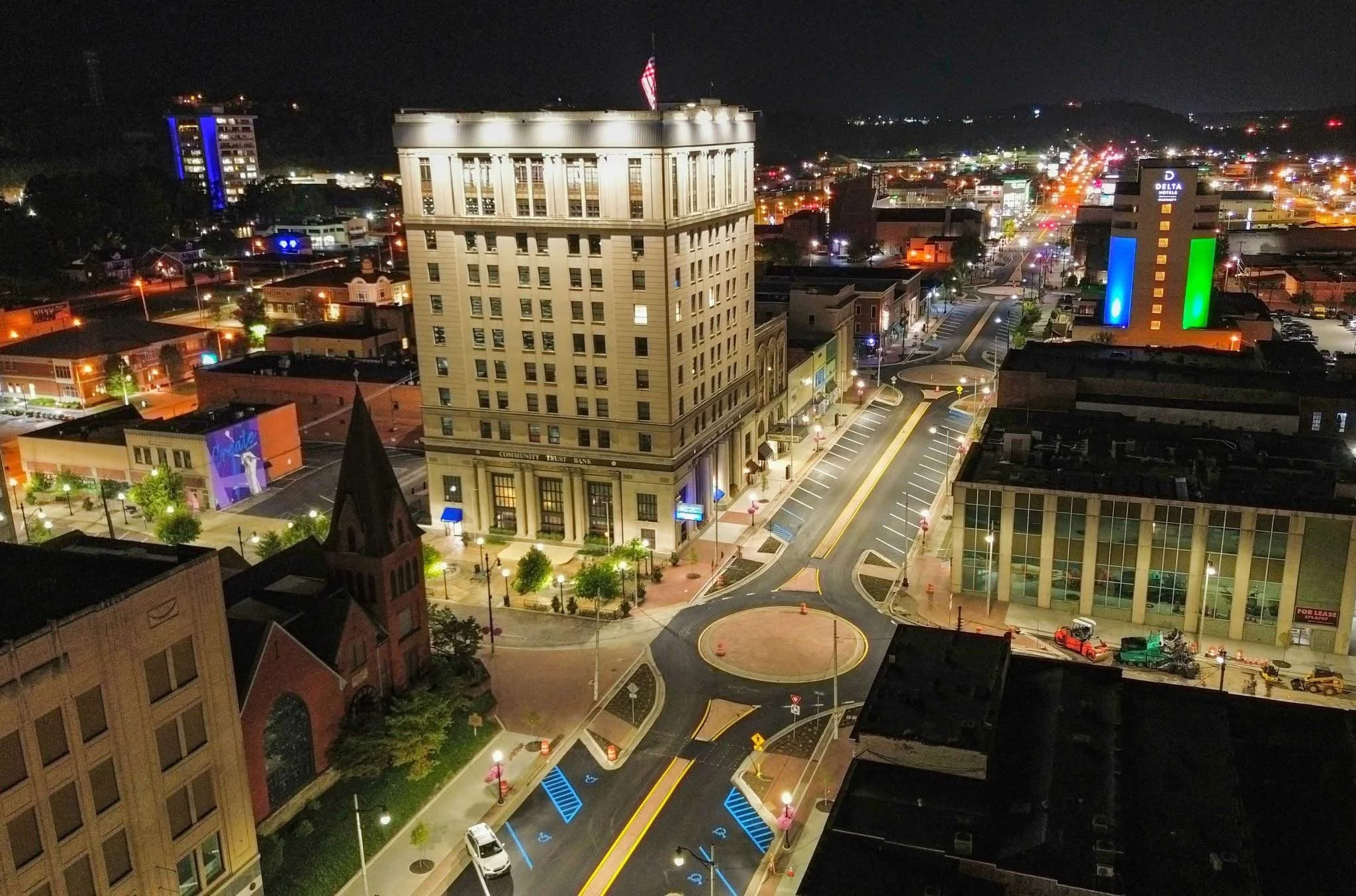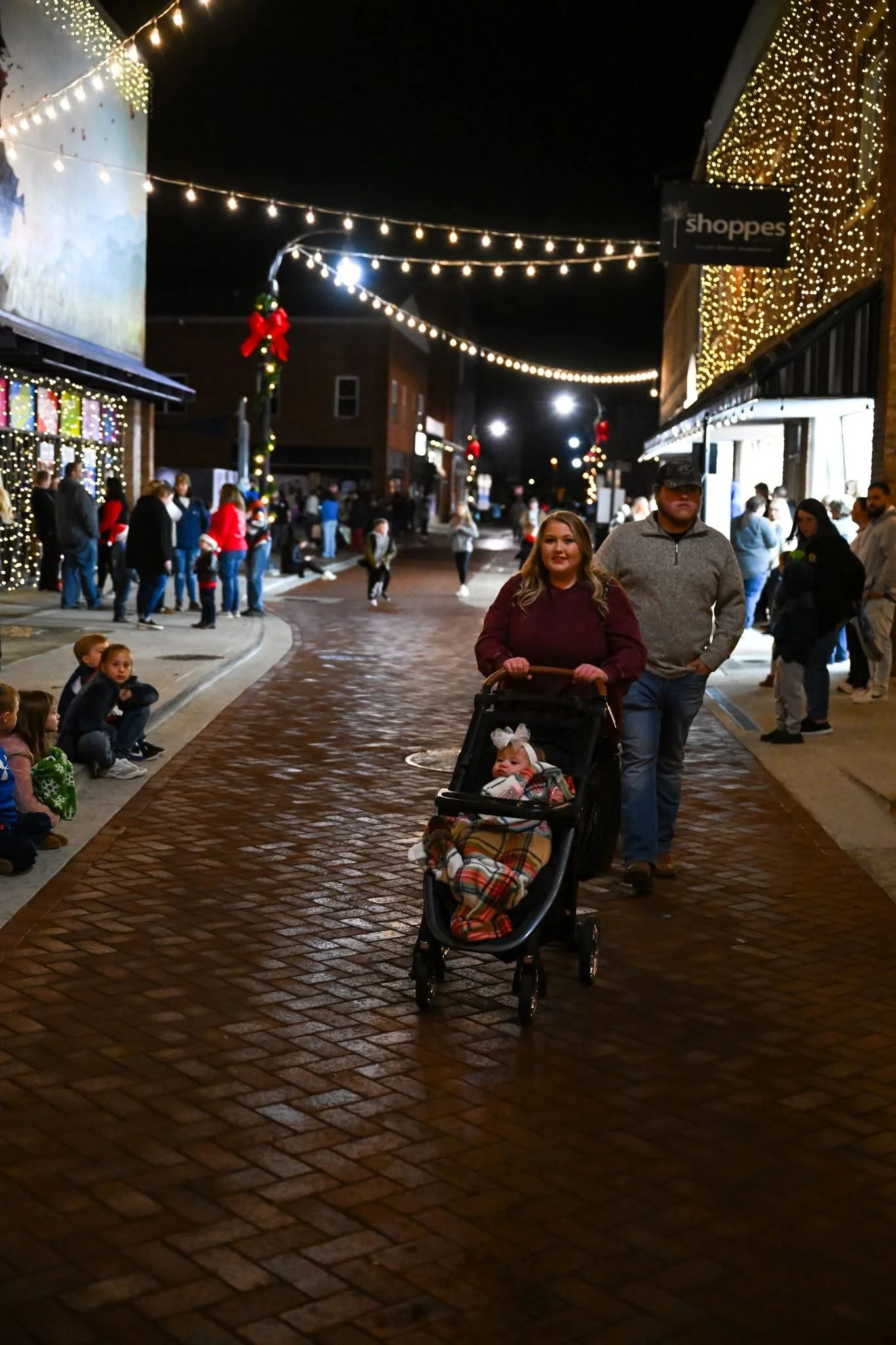Urbanism in Appalachia, is it possible?
Allow yourself to be challenged for a moment. Imagine an urban oasis that combines the convenience and efficiency of a well-designed urban environment with the natural beauty of the Appalachian Mountains. At first glance, this may seem like a paradox— oil and water — or, as the locals in East Kentucky call it, “ull and water.” Yet, it is achievable. In fact, there are active efforts underway to make it happen, even if those involved don’t always realize they are contributing to a larger vision.How can you build a dense network of walkable communities in Appalachia that offers all the amenities of an urban setting? The answer is straightforward: the very features we often see as barriers to suburban sprawl — our mountains — have been in place for millennia. Rather than obstacles, these mountains present an opportunity to create exceptional communities.Of course, challenges exist. Mountains create valleys, and valleys flood. In the past three years, East Kentucky has experienced two 1,000-year flood events. Additionally, while curbing sprawl is vital, there must be room for a city to grow organically through careful development — a process that mountains can also impede.These challenges can be addressed through effective engineering, water control measures, and smart local policies. The region’s economic downturn has left many small towns with decades-old ordinances, which — unlike the superficial modern policies that fuel suburban sprawl, such as excessive setbacks and parking minimums — allow for historic style urban development. This legacy is rooted in the once booming coal industry, remnants of which are still visible today through pre-automobile development.Local governments in East Kentucky are seizing these opportunities, even at the risk of political backlash. For example, the City of Ashland installed roundabouts along its main downtown corridor, widened sidewalks, reduced parking, and improved pedestrian crossings. Although the entire city commission and mayor lost their subsequent election due to initial public outcry, the transformation eventually won over the community. The new road design not only increased foot traffic but also reduced vehicle travel times by eliminating traffic signals, with local businesses beginning to reap the benefits of these improvements.Ashland, KY replaced five signaled intersections in downtown with roundabouts to increase pedestrian safety and traffic flow.
In Pikeville — about an hour and a half south of Ashland — the city commission, guided by a comprehensive plan from urban planners, transformed Second Street, the main retail and restaurant corridor, into a mixed-use space. This street can be closed using steel posts during festivals or events. By removing just two parking spaces, Pikeville widened the sidewalk to calm speeding traffic and installed large planters in no-parking zones to enhance pedestrian visibility. Additionally, the city partnered with a license plate reader company to develop a software that monitors parking spots. If a vehicle remains in a spot beyond the set timeframe, the system automatically issues a citation. This strategy has significantly reduced long-term parking in critical customer areas, redirecting vehicles to peripheral public lots — still within a convenient 3–5-minute walk to downtown.traffic calming and multi-use street design in Pikeville, KY creating a pedestrian mall for events.
The beauty in all of this is that these two cities didn’t consciously implement “new urbanism,” but they did it anyway because of people like you, the readers of this article, that led them in the right direction without the perception of a rural-urban divide. It affirms that people want these changes. We all know of the benefits, but many in this region, and small towns across the country, attribute “urban” with places like Manhattan, not with the improved quality-of-life urbanism brings, no matter how large or small the community.We still have a long way to go! Transit remains a huge issue, the terrain and mining rights for any underground options like subways or tunnels, and how spread-out people are in “hollers” and once-thriving mining camps. But again, we had it figured out a century ago. There used to be twice daily train service to Lexington and Louisville from this far corner of East Kentucky, if you can believe it!Progress is being made though, so that is something to celebrate. In three other communities with which I work directly, we engaged urban planners to identify low-hanging fruit projects aimed at beautifying Main Streets. Initiatives include incentives for property and small business owners to improve building façades and the activation of public spaces for community gatherings and outdoor dining. In short, urbanism and Appalachia may seem as incompatible as “ull and water” to some, but the truth is we have been pursuing this vision all along — only now, more people are recognizing it. These mountains, like Manhattan’s high-rises, pose challenges, but they also offer a unique canvas for innovative, quality urban development.[photo credits: city of ashland; Dusty layne]
Author bio:
Jeffery Justice is a lifetime resident of the Appalachian Region of Kentucky. He started his career in finance as a financial advisor serving the Eastern KY market before entering the economic development industry and local government. Justice founded Pine Mountain Partnership (PMP) with local government and business leaders in 2022. PMP focuses on the strategic redevelopment of small towns in east KY. Justice serves on several boards including Treasurer of HOMES Inc. a non-profit housing developer, Chairman of Letcher County Airport Board which is beginning construction of a general aviation airport to serve 2 counties. Justice is also Chair and co-founder of Letcher County Community Foundation established in late 2023.


